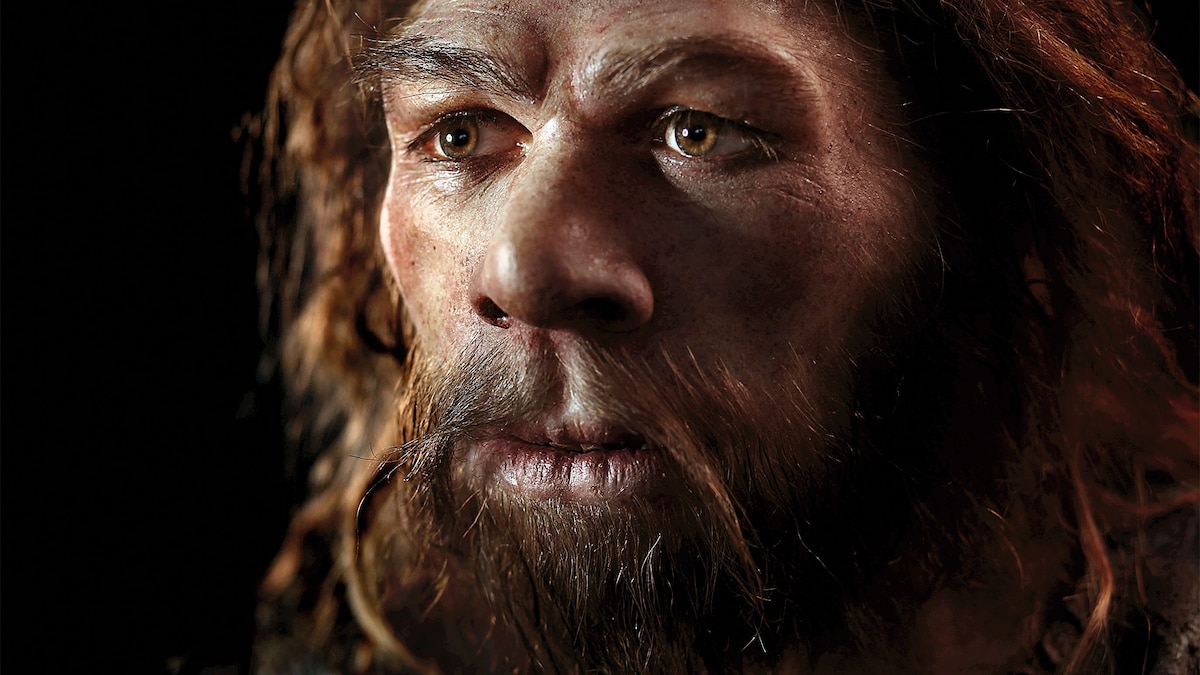
National Geographic
National Geographic (formerly the National Geographic Magazine and branded also as NAT GEO) is the official magazine of the National Geographic Society. It has been published continuously since its first issue in 1888, nine months after the Society itself was founded. It primarily contains articles about science, geography, history, and world culture. The magazine is known for its thick square-bound glossy format with a yellow rectangular border and its extensive use of dramatic photographs. Controlling interest in the magazine has been held by The Walt Disney Company since 2019. The magazine is published monthly, and additional map supplements are also included with subscriptions. It is available in a traditional printed edition and through an interactive online edition. As of 2015, the magazine was circulated worldwide in nearly 40 local-language editions and had a global circulation of approximately 6.5 million per month according to data published by The Washington Post (down from about 12 million in the late 1980s) or 6.7 million according to National Geographic. This includes a US circulation of 3.5 million.[5][6] (Wikipedia)
Neanderthals (Homo neanderthalensis), are the human species that has attracted the most attention as our closest evolutionary relatives. The first fossils related to Neanderthals weren’t recognized as such until 1863, although they were discovered decades earlier. The ongoing intrigue should come as no surprise because, for a long time, Neanderthals were the model for the missing link between our own species, Homo sapiens, and the first apelike pre-human ancestors—but then they disappeared. This is the story of an extinction. In the past, Neanderthals were thought to be a European species...











